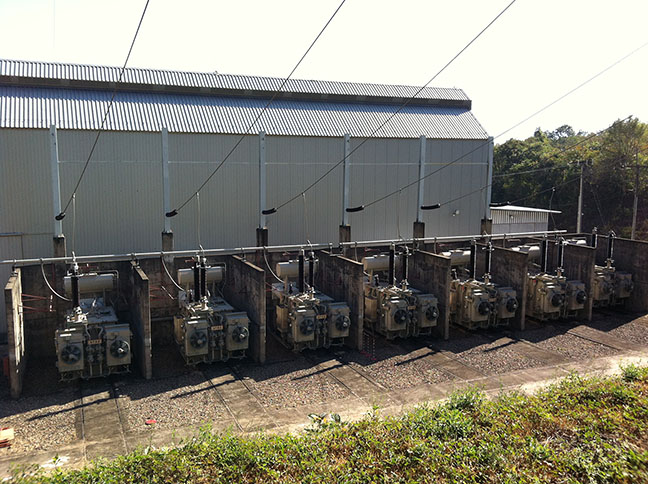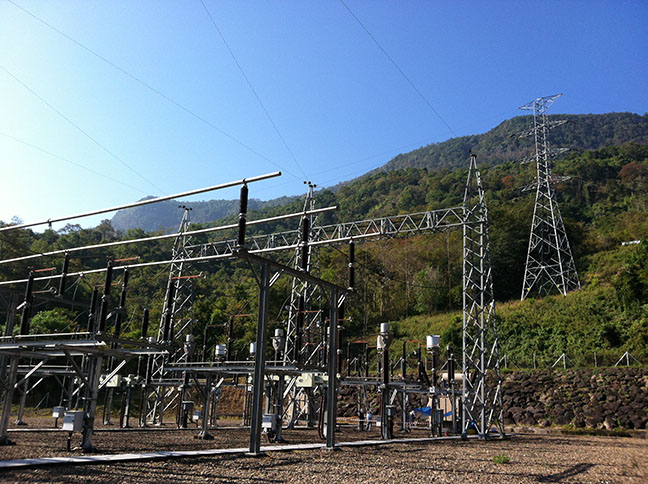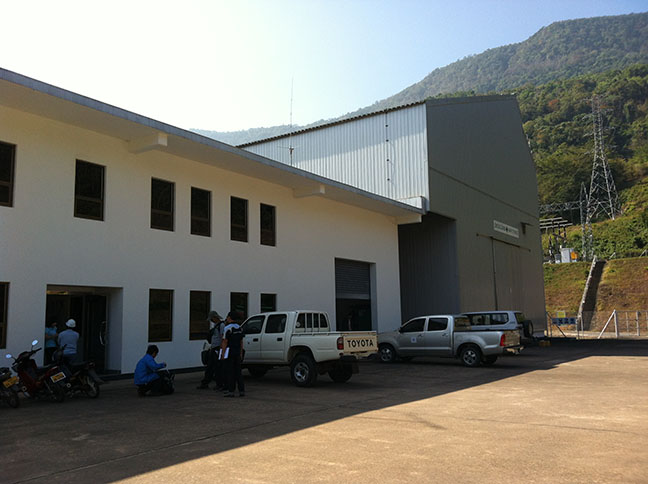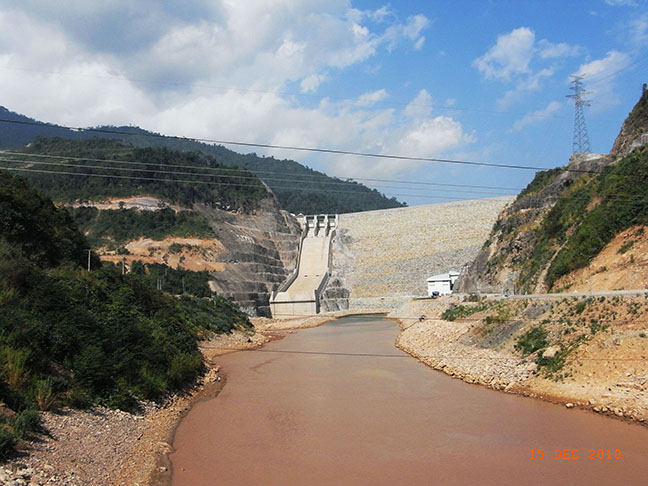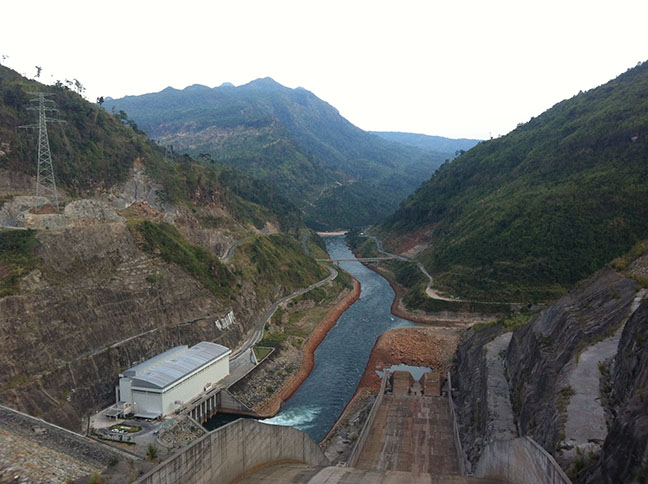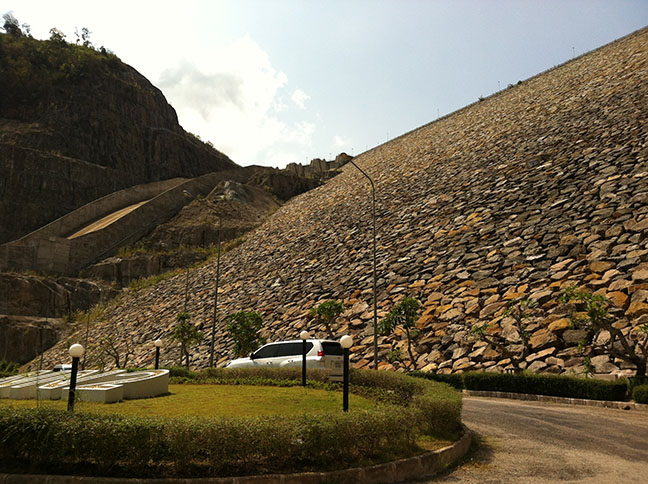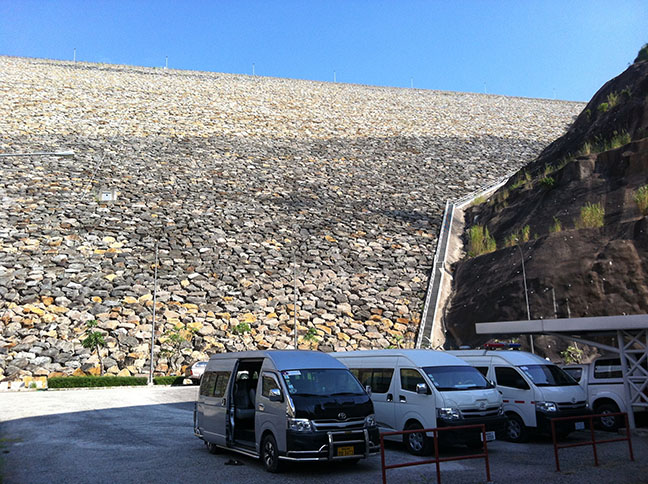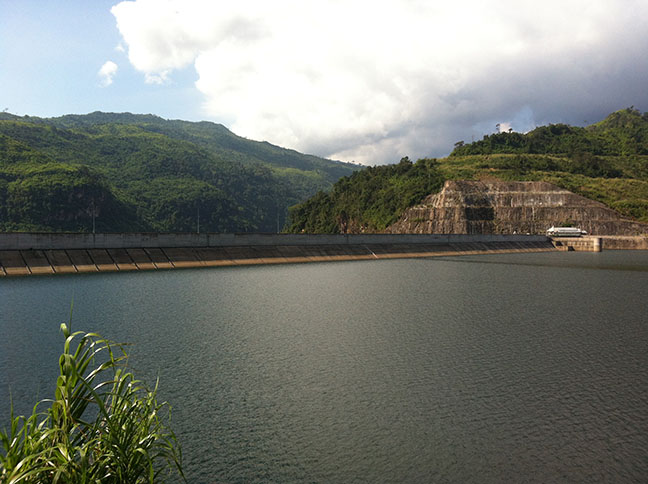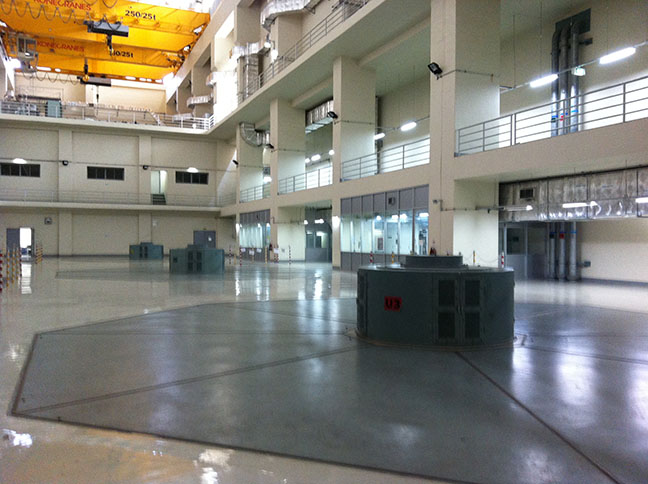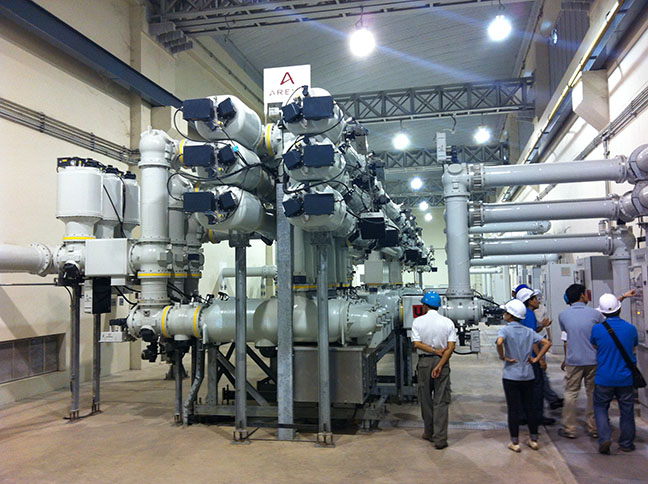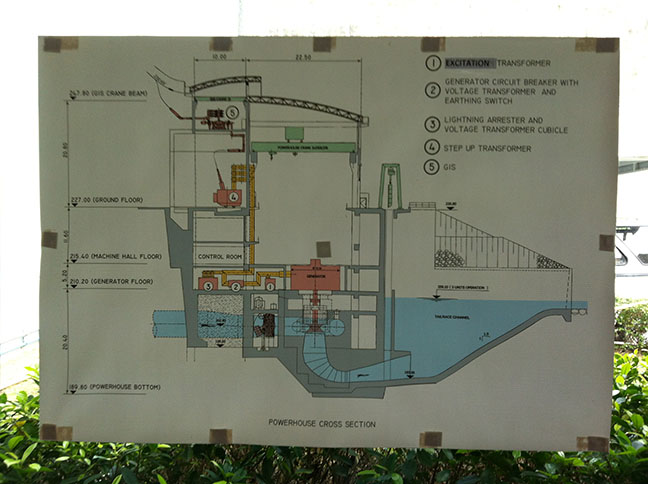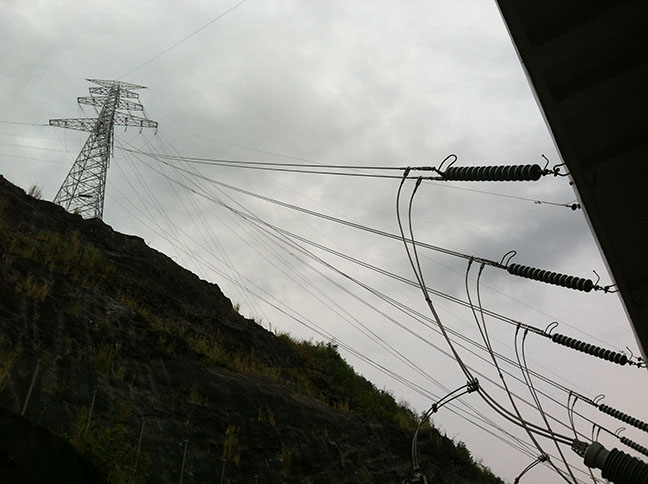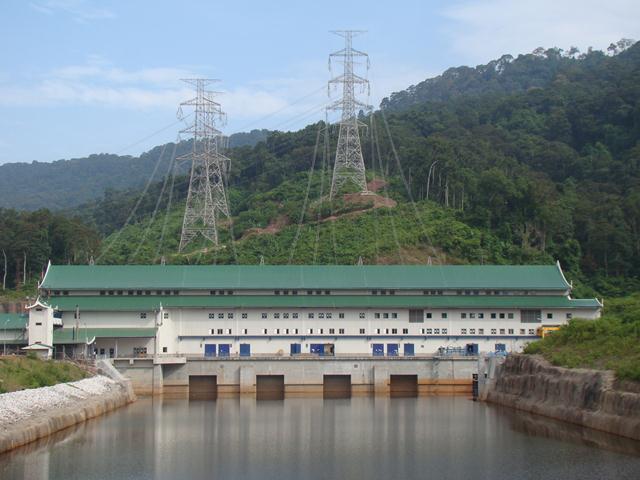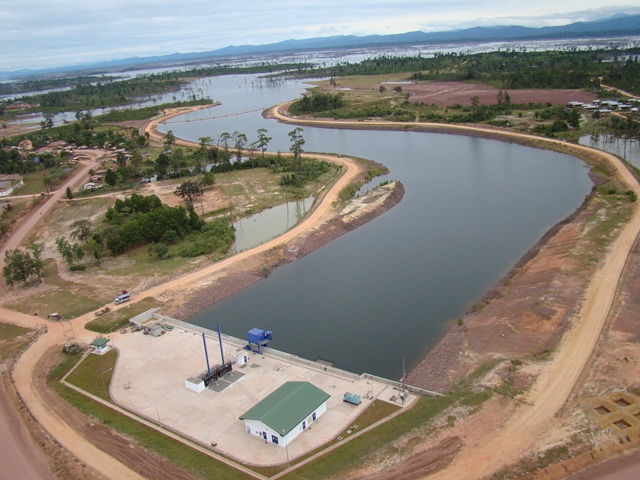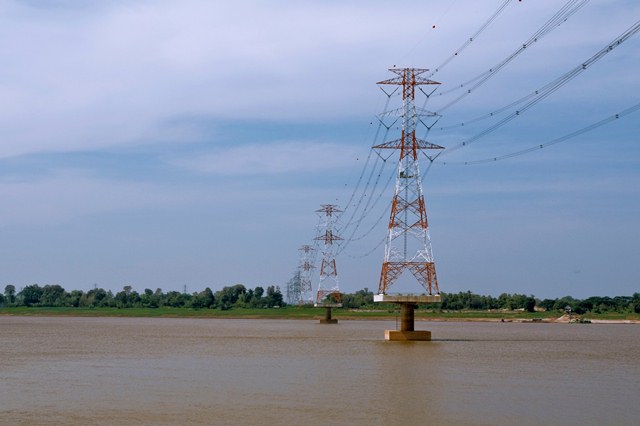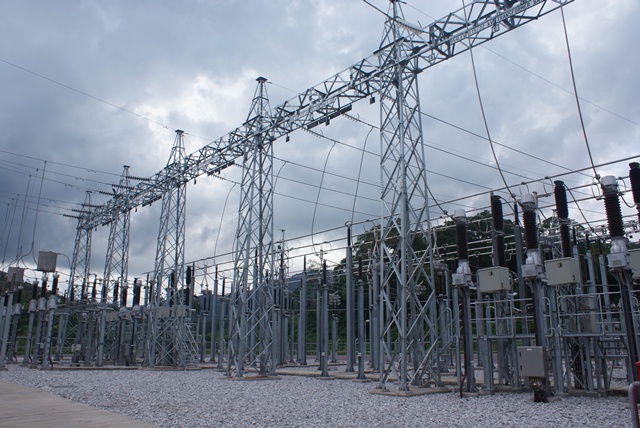4.2 Energy networks and their costs
Energy networks and their costs
The electricity network functions as a monopoly and as a result the price for its usage must be regulated. This video will explain how the tariffs for network usage are established and how they affect the final price of electricity.
Taxes and levies
In addition to the network tariff and the retail surcharges, the final electricity prices for consumers can often include taxes and levies. Most governments charge taxes and/or levies for electricity which will end up in the final price for consumers. Like the network tariff, the form of this tax depends on the country. In Germany, for example, they charge a per kWh of electricity used.
In many countries in Europe, these taxes and levies are not insignificant. They can often make up a third, or in countries like Denmark and Germany over half, of the final electricity price for consumers. Therefore, it is important not to forget about these.
The percentage of the electricity price that is composed of taxes and levies in EU countries is shown below.

https://ec.europa.eu/eurostat/statistics-explained/pdfscache/45239.pdf



